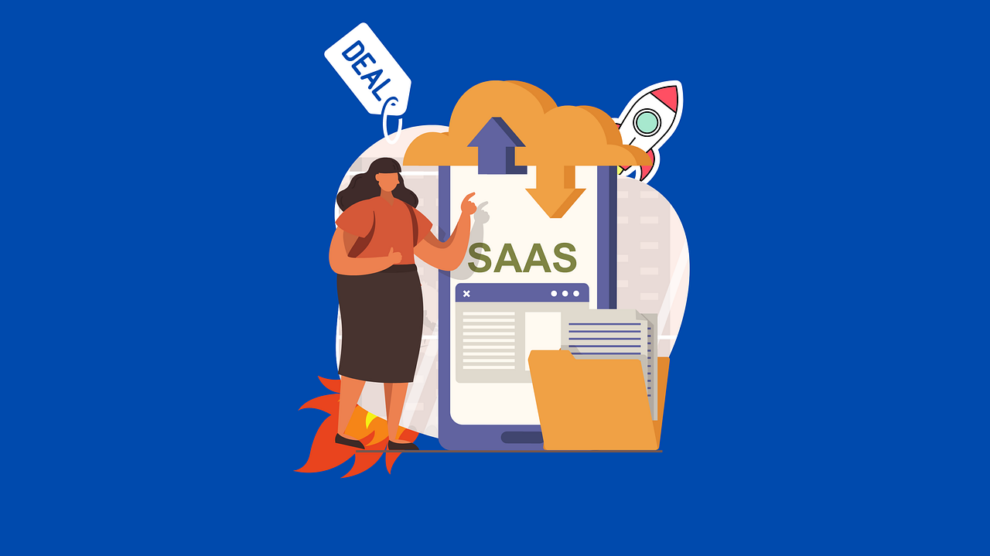In the competitive landscape of SaaS, pricing strategy is one of the most crucial decisions you’ll make. It not only affects your revenue and profitability but also influences how customers perceive your product. An effective pricing strategy can set your SaaS business up for long-term success by attracting and retaining the right customers. Here’s how to develop and implement a pricing strategy that works.
Understanding the Value Proposition
Before you can set a price, you need to understand the value your SaaS product offers to its users. This involves clearly defining the benefits and outcomes that customers will experience by using your software. Your value proposition should highlight how your product solves specific problems, saves time, reduces costs, or improves efficiency.
Conduct market research to gather insights into what your target customers value most. Surveys, interviews, and competitive analysis can provide valuable information about what features and benefits are most important to your audience. Use this data to ensure your pricing reflects the value you deliver.
Identifying Your Target Market
Different customer segments have different needs and willingness to pay. Identifying your target market is crucial for setting an effective pricing strategy. Consider the size of the businesses you’re targeting, their budgets, and their specific requirements.
For example, a pricing strategy for small businesses will differ significantly from one targeting enterprise-level companies. Smaller businesses might prefer lower-cost plans with essential features, while larger organizations may be willing to pay more for advanced functionalities and dedicated support. Tailor your pricing to meet the specific needs of your target segments.
Choosing the Right Pricing Model
There are several pricing models commonly used in the SaaS industry, each with its advantages and drawbacks. Choosing the right model depends on your product, market, and business goals. Here are some popular options:
- Subscription-Based Pricing: This is the most common SaaS pricing model, where customers pay a recurring fee (monthly or annually) to access the software. It provides predictable revenue and encourages long-term customer relationships.
- Tiered Pricing: This model offers different pricing tiers based on feature sets or usage levels. It allows customers to choose a plan that best fits their needs and budget. Tiered pricing can attract a wide range of customers and encourage upgrades.
- Usage-Based Pricing: Also known as pay-as-you-go, this model charges customers based on their actual usage of the software. It’s ideal for products where usage can vary significantly between customers. This model aligns the cost with the value received, which can be appealing to users.
- Freemium: This model offers a basic version of the software for free, with the option to upgrade to a paid plan for additional features. Freemium can attract a large user base quickly, but converting free users to paying customers can be challenging.
- Flat-Rate Pricing: This simple model charges a single price for access to all features. It’s easy to understand and can be appealing for straightforward products, but it may not capture the full value from higher-end users.
Testing and Iterating
Setting the perfect price often requires experimentation. Start with a pricing strategy based on your research and adjust it based on market response. A/B testing different pricing options can provide insights into what works best for your target audience.
Monitor key metrics such as conversion rates, customer acquisition cost (CAC), customer lifetime value (CLV), and churn rates. These metrics can help you understand how your pricing strategy impacts your business and identify areas for improvement. Be prepared to iterate and make adjustments as needed.
Communicating Value
How you communicate your pricing is just as important as the price itself. Ensure that your pricing page clearly outlines the benefits and features included in each plan. Use testimonials, case studies, and other social proof to reinforce the value your product provides.
Transparency is key. Avoid hidden fees or complex pricing structures that can confuse potential customers. Clearly explain what each plan includes and how much it costs. A well-designed pricing page can significantly impact conversion rates and customer satisfaction.
Providing Flexible Payment Options
Offering flexible payment options can make your SaaS product more accessible and attractive to a broader audience. Consider providing monthly and annual subscription plans, as some customers may prefer the lower upfront cost of a monthly plan, while others might opt for an annual plan for a discount.
Additionally, offering a free trial can lower the barrier to entry and allow potential customers to experience the value of your product before committing to a purchase. Make sure the trial period is long enough for users to see the benefits but short enough to create a sense of urgency.
Leveraging a SaaS Growth Agency
A SaaS Growth Agency can provide invaluable expertise in developing and optimizing your pricing strategy. They can conduct in-depth market research, analyze competitive pricing, and test different pricing models to find the best fit for your product and market. Their experience and insights can help you make data-driven decisions that drive growth and profitability.
Conclusion
Effective pricing strategies are essential for the success of any SaaS business. By understanding your value proposition, identifying your target market, choosing the right pricing model, and continuously testing and iterating, you can set your SaaS up for success. Communicate your pricing clearly, offer flexible payment options, and consider partnering with a SaaS Growth Agency to maximize your chances of achieving your business goals. With the right approach, your pricing strategy can attract and retain the right customers, driving long-term growth and profitability.





